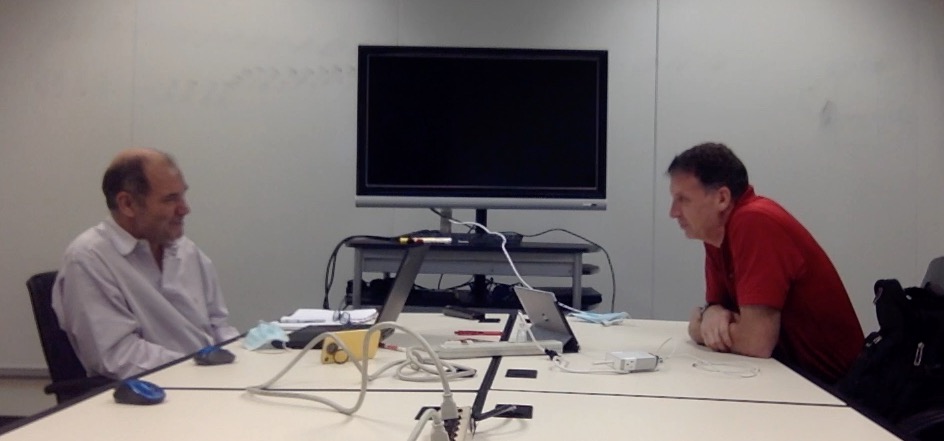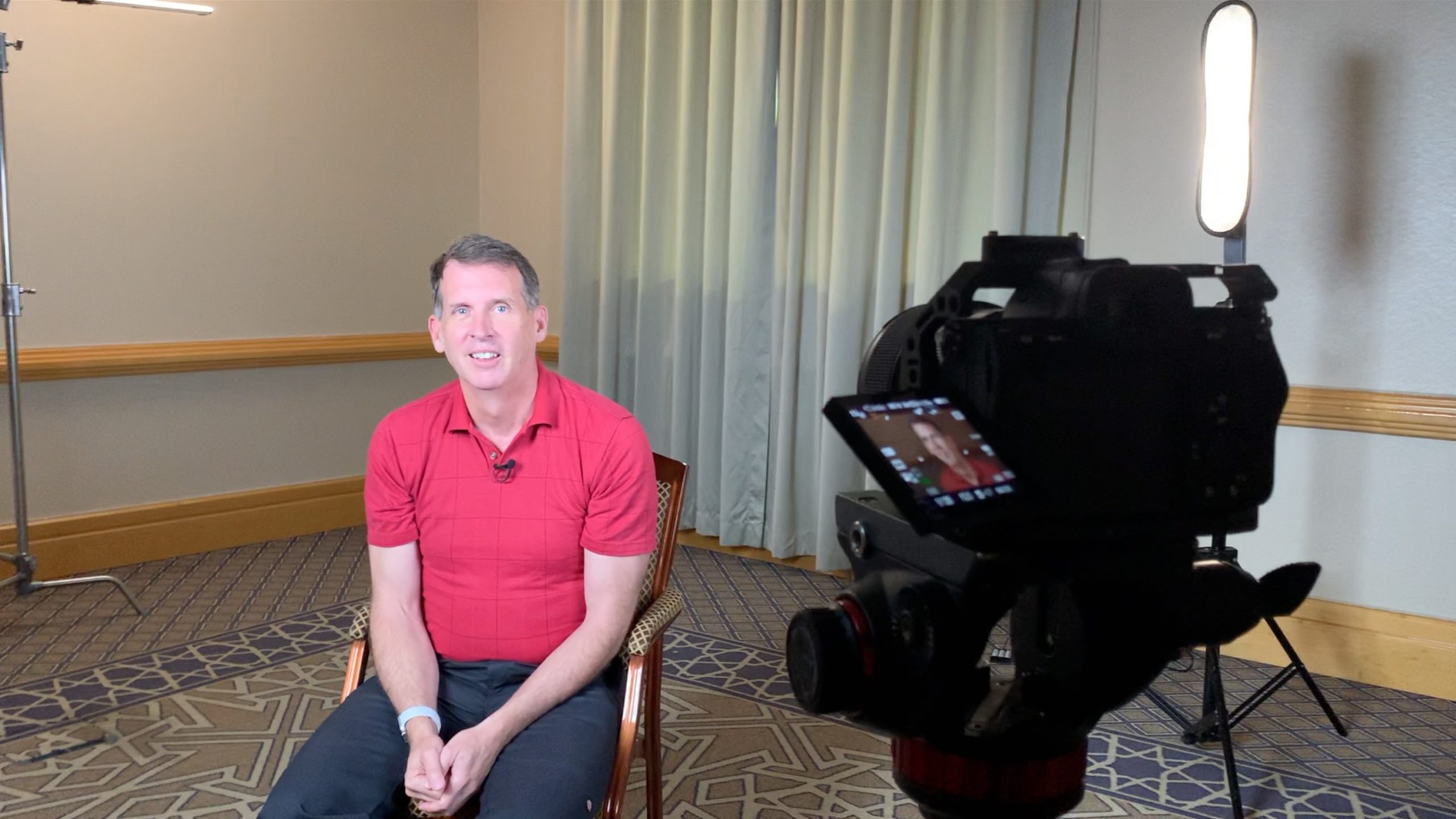In this week’s conversation, I use a simple financial statement to give a sense of the data structures involved in any true ledger.
Any financial statement gives a good sense of the data structures involved in almost all financial systems. These can be vendor or customer statements, checking, savings accounts or credit card statements, or financial reporting statements.

In all these statements, the most important piece of data is the ending or current balance. Everyone looks at this number first. If this number is what we expect, then we might not need any more information on the report.
If this number is not what we expect, then the additional details become more important.
The additional details begins with the opening or starting balance. This is the balance as of the last reporting period. Then there be lower level balances, like total deposits, purchases, payments, shipments, etc. These are still balances, accumulations of activity, but if one of them is particularly large or small, it may point us in the direction for further investigation.
Ultimately, statements typically include all the activity, everything that caused a change in the balance from the beginning of the period to the ending. These details typically will answer any question about why the ending balance is what the ending balance is; either by the existence of a transaction or its absence.
>>> Related Post: Balances Are the Inventory of Finance <<<
These same structures are used in financial statements for the largest organizations in the world; they are the bedrock of what makes the stock markets work. The balances on either end of the statements are like the Balance Sheet; the activity is the Income Statement.
By understanding the financial reports we have access to in our daily lives we can understand better the data structures involved in any true ledger.
>>> Related Content: My Monograph: Metric Engine <<<
This is Episode 197 of Conversations with Kip, the best financial system vlog there is. Literally learn more–about ledgers and financial systems–at LedgerLearning.com.
Watch all episodes in order at the Conversations with Kip Playlist





Leave a Reply